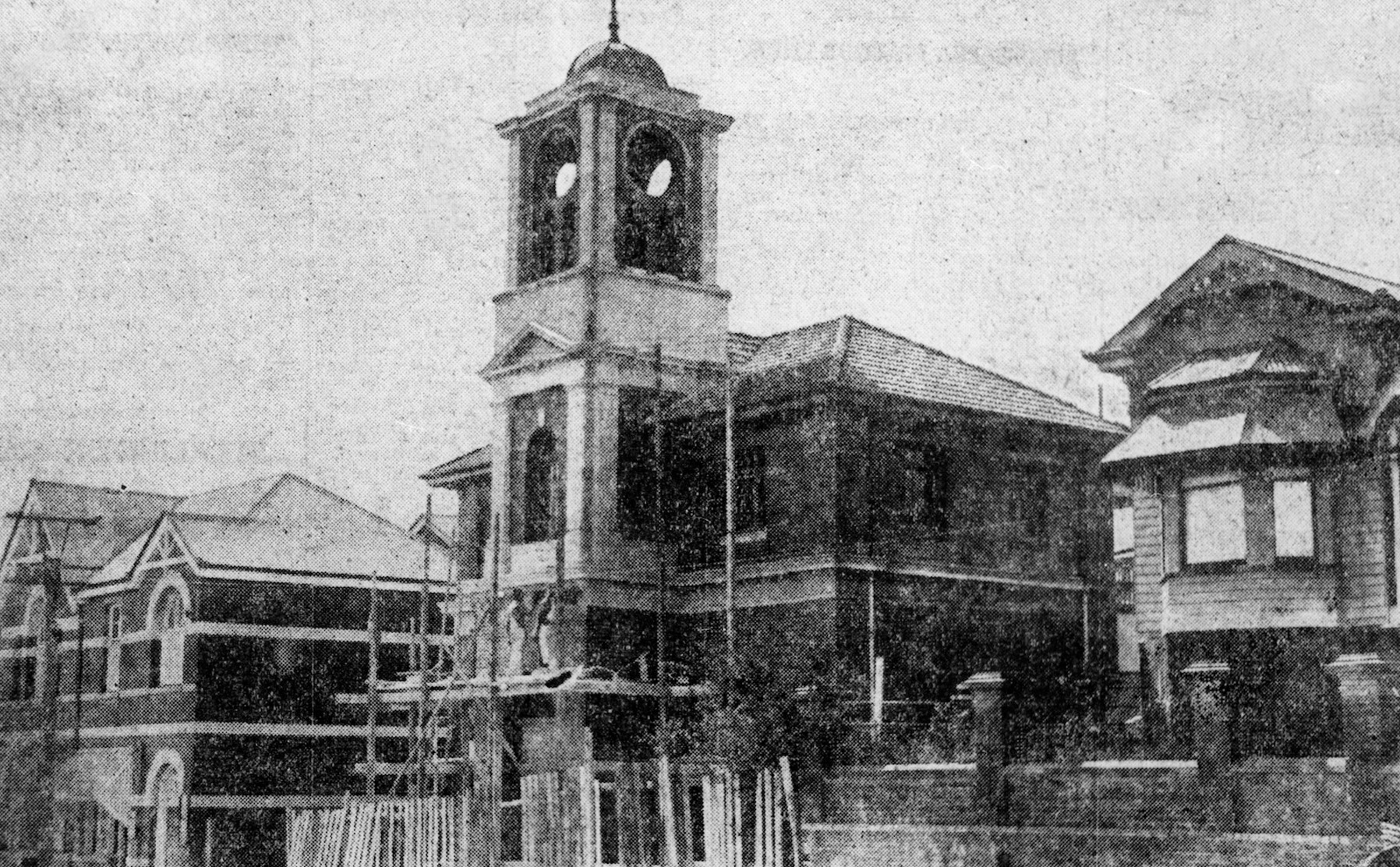Feeding the imaginations of West Enders for nearly a century, the Kurilpa Library was the first purpose built municipal library in Queensland.

Kurilpa, an indigenous word meaning ‘place of water rats’, is the name for the area covering South Brisbane, West End and Hill End and was the name given to the township that emerged in this area. Constructed in 1928 and now a heritage listed building, the Kurilpa Library originated in the long-gone West End School of Arts, which once stood next door.
Owned by the South Brisbane Council – then a municipality in its own right – the School of Arts opened in January 1889 and featured a lending library, where subscribers could borrow books for a fee. Though only available to those who could afford it, it was hoped that this service would bolster learning and creativity in the area. By 1897, the broader public was able to enjoy the library’s holdings in a free reading-room, although book-borrowing remained available to subscribers only:
At a meeting of the committee of the West End School of Arts, held last Tuesday evening, it was decided to open a free reading-room in connection with the library, from 9a.m. to 9p.m., commencing from the 29th instant, and which should prove a boon to the district, where a few pleasant hours may be spent in reading the latest papers and periodicals.
The Telegraph, Brisbane, 25 November 1897.

Over the ensuing years the library saw increasing patronage and in November 1913 the Daily Standard reported that:
For years past the library attached to the West End School of Arts has been recognised as one of the best and decidedly, in proportion to the advantages which it has to offer, the cheapest in Brisbane. All the best newspapers, magazines, and books are stocked, and the whole contents of the library are kept in a clean and sanitary condition. New books are constantly being added, and as old volume of works by standard authors fall into disrepair they are replaced by new editions.
Daily Standard, 3 November 1913
With the library’s mounting success, it comes as no surprise that in 1919 the City Inspector of South Brisbane reported it to be, “…overstocked with books, which, if more books were added, might interfere with the ventilation of the room.” The inspector went on to say that, “There was no doubt that the way the library was being patronised would necessitate more space being provided.”
Come August 1925, there was a rush from the South Brisbane Council to put the inspector’s recommendations into motion. The City of Brisbane Act was progressing, and Brisbane’s 20 local authorities were being amalgamated into one City Council. Headed by Brisbane’s first Lord Mayor, William Jolly, this newly elected Council was due to take over local administration on 1 October 1925 and consequently, assume control of Kurilpa Library.
On behalf of the committee of the West End School of Arts, the South Brisbane Council wrote a letter for consideration by the finance committee of the Greater Brisbane Council requesting £2000 for a new library and caretaker’s premises. Alderman for Kurilpa, Ernest Barstow, supported this request and City Architect A.H. Foster was enlisted to prepare plans and estimates.

On 14 September 1927, The Brisbane Courier reported that, “…the Kurilpa War Memorial committee has asked that, in the proposed additional accommodation, provision be made for a tower to house an ‘all British chiming clock’ (Westminster chimes), which the committee is prepared to hand over to the City Council free of debt.” The committee’s request was granted and construction was completed in 1929. On Sunday 21 April, a few days before the 14th anniversary of the landing at Gallipoli, the clock and chimes were unveiled.

In 1935, the Kurilpa Library clock was used as evidence in a divorce case, its chimes helping to corroborate the whereabouts of one Susan Paterson King. Susan was accused by her husband of being in New Farm at a lover’s house, but she claimed to be at their home in St Lucia, where she heard a clock’s chimes. The Telegraph reported that it was revealed in court that City Hall’s clock did not chime after 11:00pm. The Kurilpa Library clock, however, chimed the whole 24 hours. Residing librarian Maurice Page confessed that there had been complaints about the night-time chimes from residents in Auchenflower. It seemed Susan may yet be saved by the bells!



The West End School of Arts was lost in a fire in 1968, but the Kurilpa Library still stands. Its bells can still be heard throughout the neighbourhood, though no longer past 6:00pm.
Want to discover more heritage buildings of Brisbane? Join us on one of our historic walking tours and unearth the tales of some of our city’s oldest standing structures: History on the Hill, Walking in Wartime or Brisbane City Walking Tour: Past and Present.







